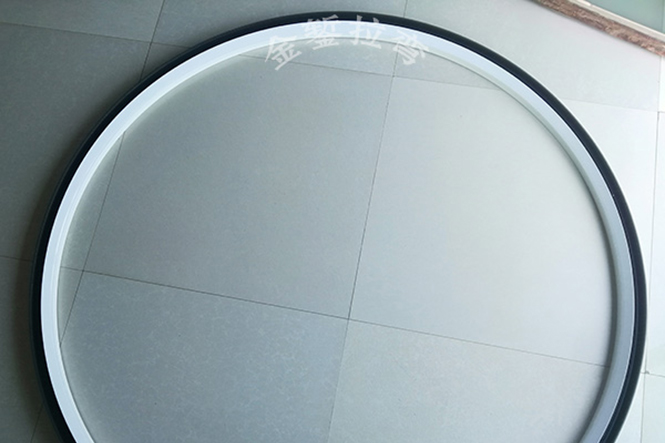Redefining the construction industry with innovative solutions, cuttin-edge technology and sustainable practices
Profile Bending 2025-09-09
Metal bending is a fundamental process in manufacturing and fabrication, utilized across various industries, from automotive to construction. However, it can pose significant safety risks if not handled properly. Ensuring a safe work environment during metal bending operations is critical, not only to protect workers but also to maintain productivity and quality. This article outlines best practices for metal bending safety that every facility should implement.
Before delving into safety practices, it’s essential to understand the inherent risks associated with metal bending. These include:
1.Physical Injuries: Workers can suffer from cuts, bruises, or more severe injuries due to improper handling of tools or materials.
2.Pinch Points: Metal bending machines often have moving parts that can create pinch points, posing risks to hands and fingers.
3.Noise Exposure: Prolonged exposure to loud machinery can lead to hearing loss.
4.Material Hazards: Sharp edges of bent metal can cause lacerations, and some metals may have specific health risks if inhaled or touched.
With these risks in mind, here are best practices to ensure safety in metal bending operations.
1. Proper Training and Education
A cornerstone of workplace safety is ensuring that all employees are adequately trained. This includes:
-Machine Operation: Provide hands-on training for operators on how to use bending machines safely and efficiently.
-Material Handling: Educate workers on safe techniques for lifting and moving heavy metal sheets or components.
-Emergency Procedures: Ensure that employees know how to react in case of an emergency, including the location of first-aid kits and emergency shut-off switches.
2. Personal Protective Equipment (PPE)
Using appropriate PPE is crucial in mitigating risks. The following gear should be required:
-Safety Glasses: Protect eyes from flying debris and sparks.
-Gloves: Cut-resistant gloves can prevent injuries from sharp metal edges.
-Hearing Protection: Earplugs or earmuffs should be provided for workers operating or working near loud machinery.
-Steel-Toed Boots: Protect feet from heavy materials that may fall or be dropped.
3. Machine Maintenance and Safety Checks
Regular maintenance of machines is vital for ensuring safety. Implement the following practices:
-Routine Inspections: Conduct regular checks of machinery to identify wear and tear, ensuring that all safety features are functional.
-Lubrication: Keep machines well-lubricated to prevent overheating and malfunction.
-Calibration: Regularly calibrate machines to ensure they operate within safe parameters and produce accurate bends.

4. Safe Work Environment
Creating a safe work environment involves organizing and maintaining the workspace. Consider these suggestions:
-Clear Work Area: Ensure that the workspace is free of clutter to prevent tripping hazards and allow easy access to emergency exits.
-Adequate Lighting: Proper lighting helps workers see clearly and reduces the chance of accidents.
-Ventilation: Ensure good ventilation to minimize exposure to fumes and dust generated during the bending process.
5. Implementing Safety Protocols
Establishing clear safety protocols can help mitigate risks. These should include:
-Lockout/Tagout Procedures: Implement lockout/tagout practices to ensure that machinery is shut down and cannot be started while maintenance or adjustments are being made.
-Communication: Encourage open lines of communication among workers about potential hazards and safety concerns.
-Incident Reporting: Create a system for reporting accidents or near-misses to identify areas for improvement and prevent future incidents.
6. Regular Safety Audits
Conducting regular safety audits can help maintain a culture of safety. These audits should include:
-Evaluating Compliance: Check that safety protocols are being followed and that workers are using PPE correctly.
-Identifying Hazards: Regularly assess the work environment for new hazards that may arise.
-Feedback Mechanism: Provide a way for employees to give feedback on safety practices and suggest improvements.
Metal bending operations can be hazardous, but by implementing best practices for safety, companies can create a safer work environment for their employees. Training, the use of PPE, regular maintenance, and clear protocols are essential components of an effective safety strategy. By prioritizing safety, businesses not only protect their workers but also enhance productivity and maintain high-quality standards in their operations. A strong commitment to safety in metal bending is an investment in the well-being of employees and the overall success of the organization.